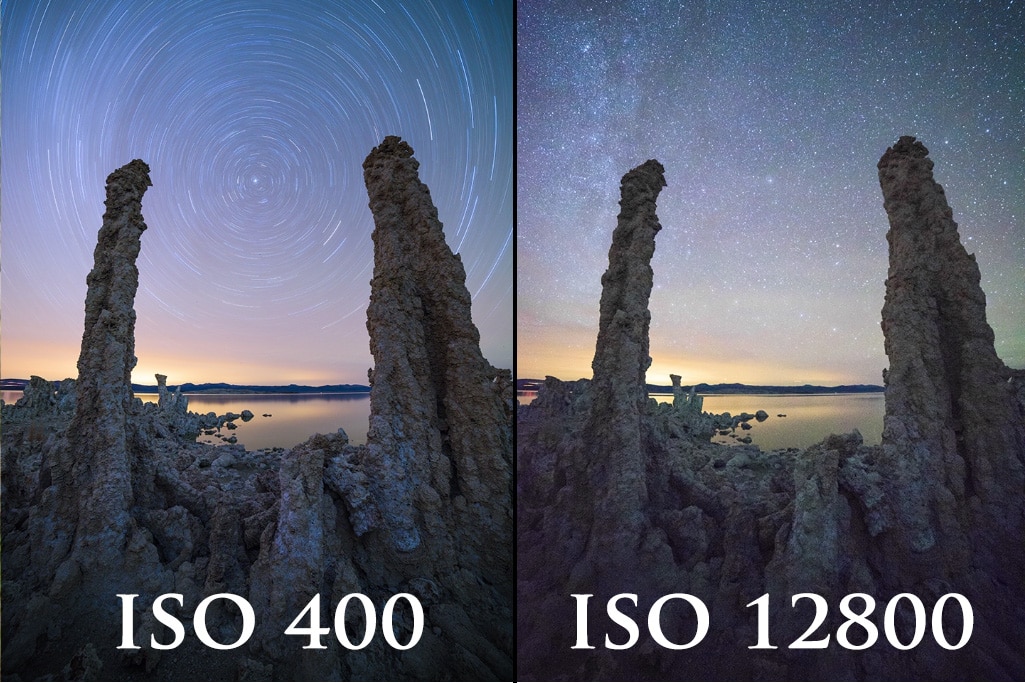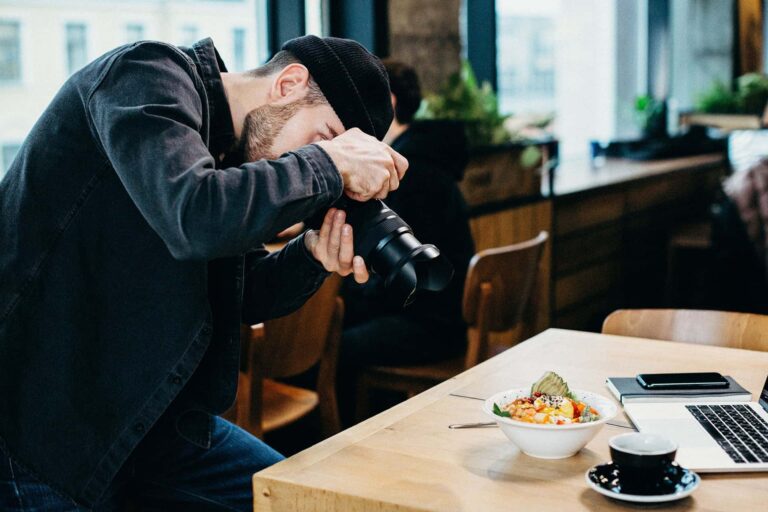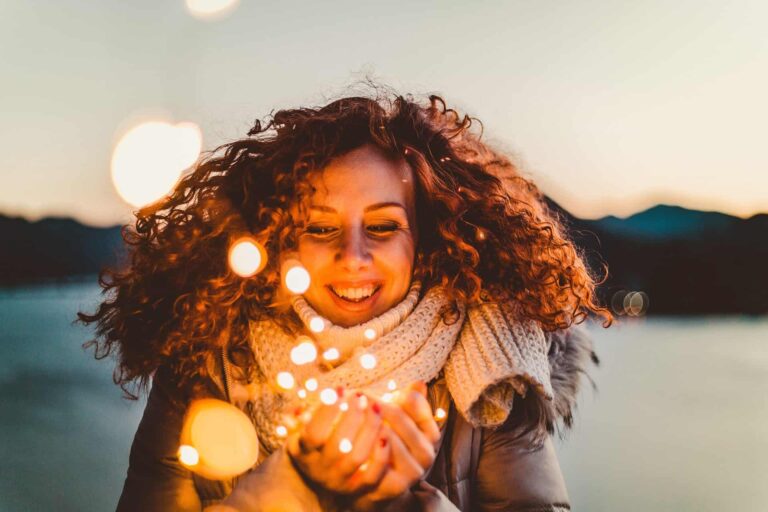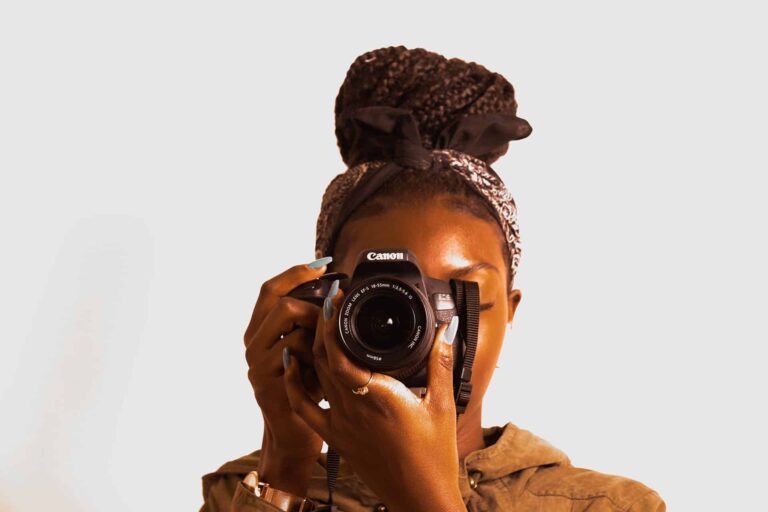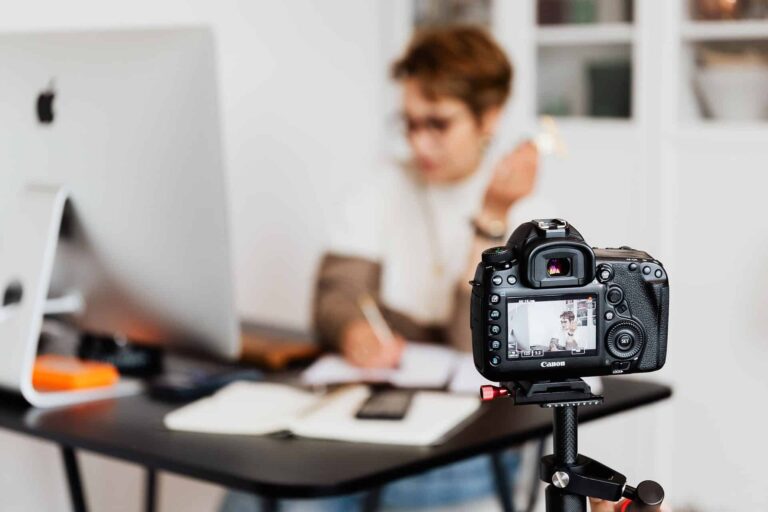The use of ISO in Photography
In the world of photography, ISO stands as a crucial component of the exposure triangle, alongside shutter speed and aperture. It’s a tool that, when understood and used effectively, can dramatically enhance the quality of your photographs, especially in challenging lighting conditions.
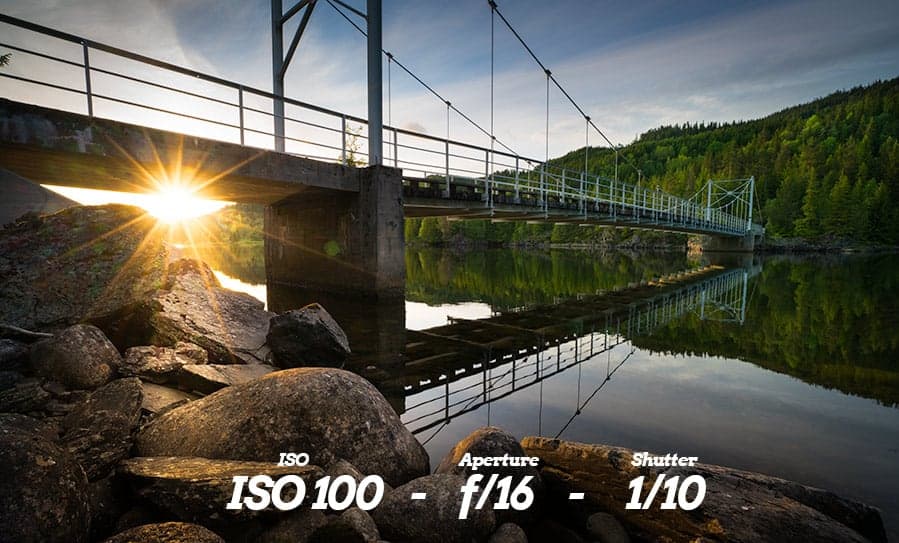
What is ISo?
ISO refers to the sensitivity of your camera’s sensor to light. Originally derived from film photography, where it indicated how sensitive a film was to light, in digital photography, it serves a similar purpose. Higher ISO values mean greater sensitivity to light, which is especially useful in low-light situations.
The use of ISo
The primary role of ISO is to help you capture images in various lighting conditions. A low ISO value (like ISO 100 or 200) is ideal for bright conditions, producing sharp, clear images with minimal grain or ‘noise’. As lighting diminishes, you can increase the ISO to maintain exposure without sacrificing shutter speed or aperture settings. However, a higher ISO also brings increased noise, which can affect image quality.
What does it allow you to do?
Understanding ISO gives you more creative control. In low light, boosting ISO allows you to use faster shutter speeds, freezing motion that would otherwise be blurred. Alternatively, it can enable smaller apertures for greater depth of field in dimly lit scenes. This flexibility is invaluable in photography genres like sports, concerts, or wildlife, where lighting is often suboptimal and changing rapidly.
Mastering ISO is about finding the right balance between exposure and image quality. It’s a skill that requires practice and experimentation. As you become more comfortable adjusting ISO, you’ll find it easier to adapt to varying lighting conditions, ensuring your photos are well-exposed and visually appealing, no matter the environment.
As a beginner, start by familiarizing yourself with your camera’s ISO range and noise performance at different levels. Experiment in different lighting conditions to see how ISO affects your images. In general, it’s best to use the lowest ISO setting that allows you to achieve the desired shutter speed and aperture, to minimize noise.
